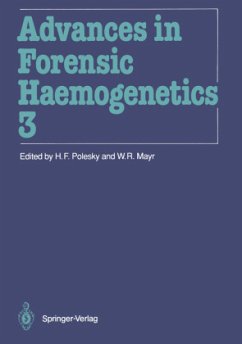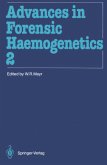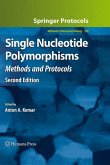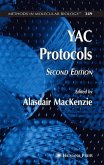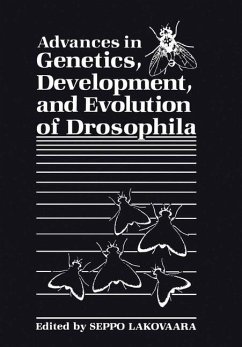The third volume of "Advances in Forensic Haemogenetics" contains the th scientific contributions presented at the 13 Congress of the International Society for Forensic Haemogenetics, held on October 19-21, 1989 in New Orleans, USA. The conference was organized and chaired by Dr. Herbert Polesky from Minneapolis. He and the local organizing committee which consisted of our friends and colleagues (J. Soubrada, L.R.Bryant, Dale D.Dykes, Ch.Harrison, P.Newall and R. Walker) deserve the thanks of our Society for a very successful meeting. Herb Polesky has also contributed a great deal to the preparation of this book. The contributions to the conference covered all fields of forensic haemo genetics, but an outstanding highlight of this conference was the application ofDNA-polymorphisms to paternity and to the identification of stains. This included basic lectures on biostatistical approaches as well as on molecular biology and many new technical approaches to our general and special aims. Forensic haemogenetics has now merged into a new discipline without having lost its original identity. On behalf of the Executive Committee of our Society I would like to extend my thanks to the authors of the articles contained in this book and to Springer-Verlag for having made such a quick publication possible. The volume should give the reader a picture of the state of the art and a survey of the most recent developments in the field of forensic and general haemo genetics.

